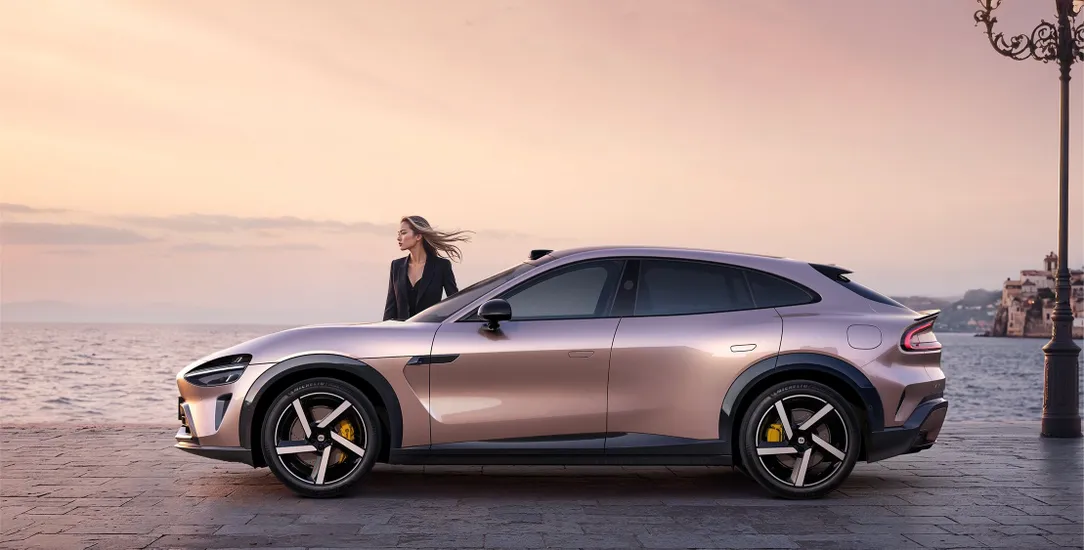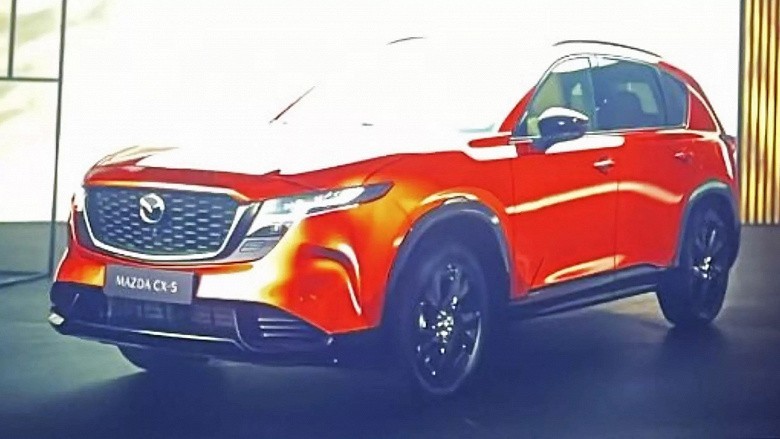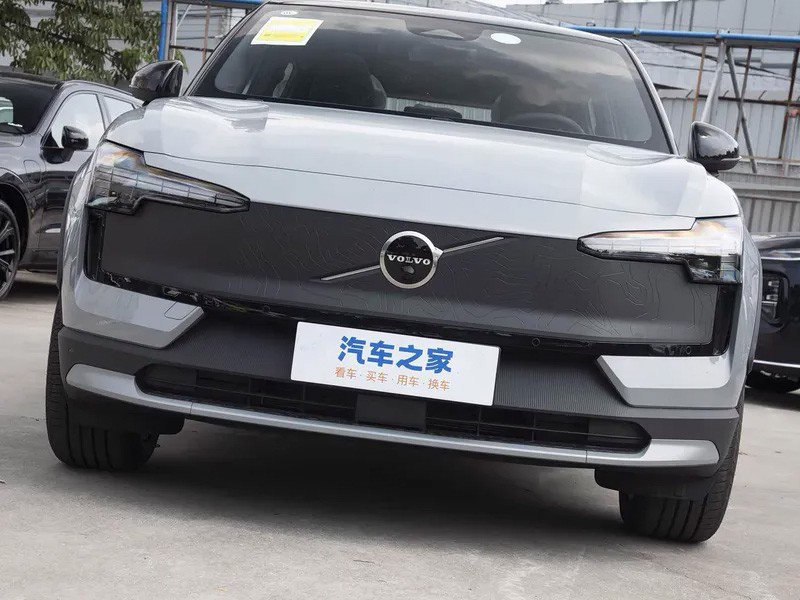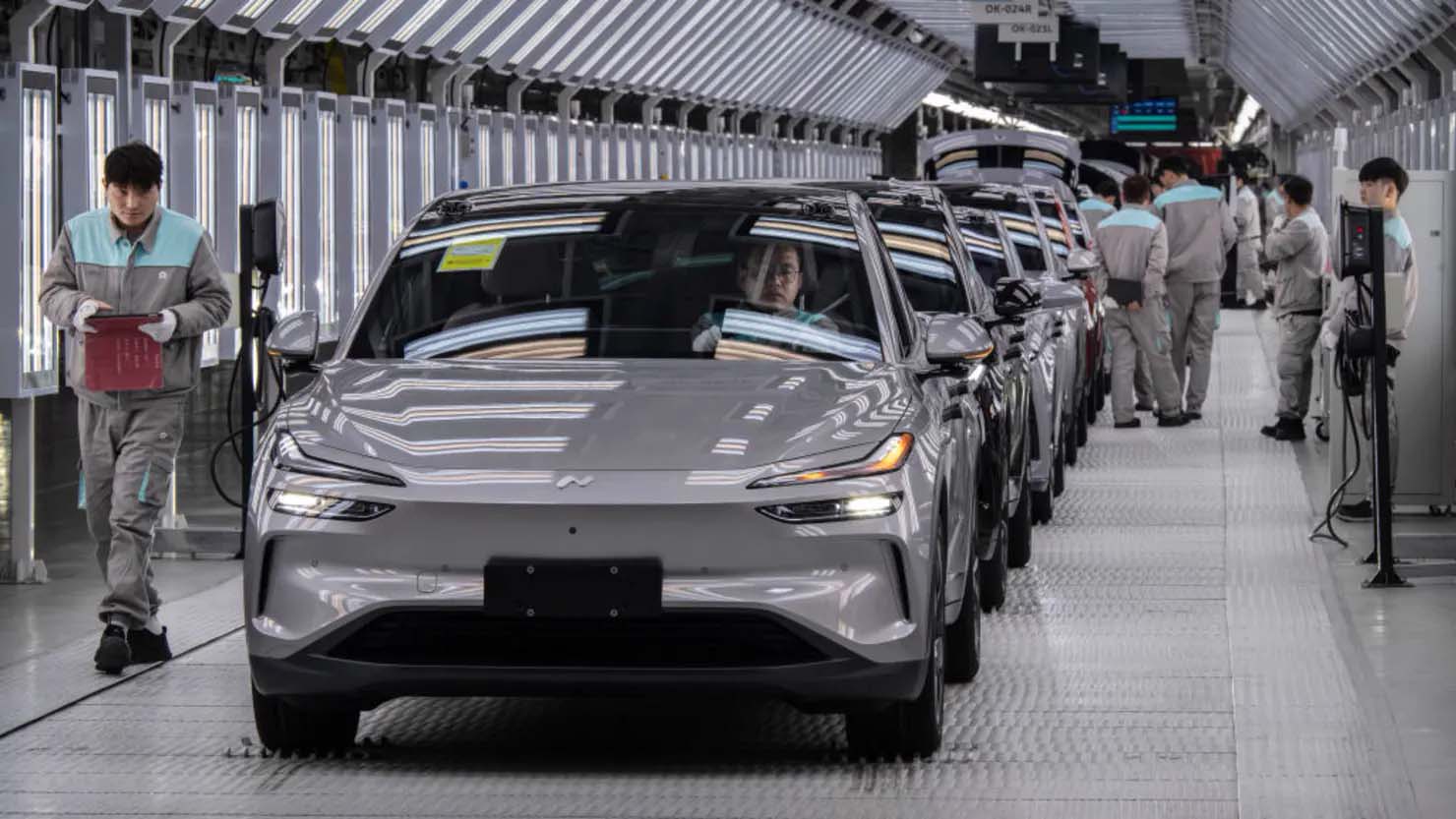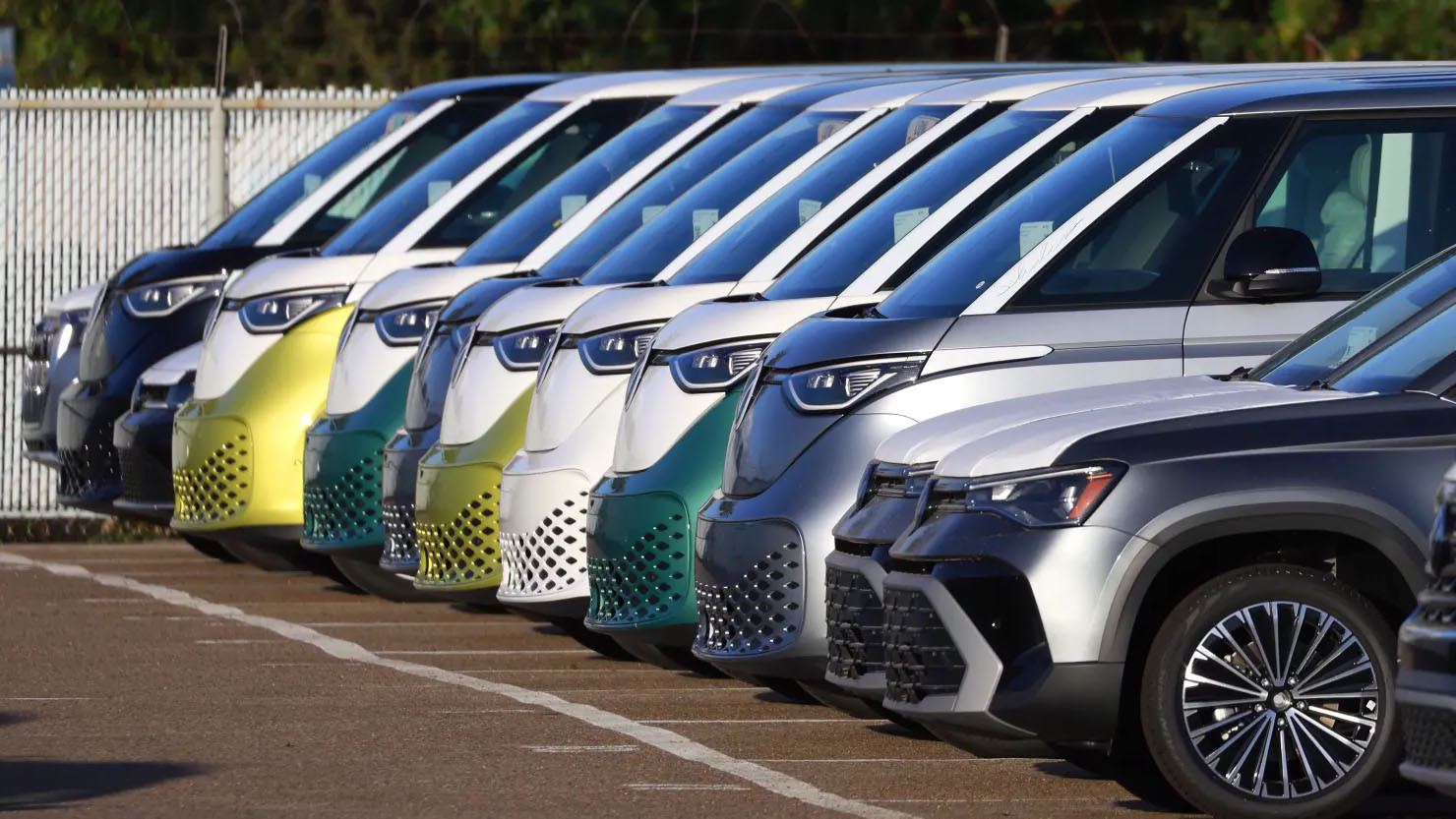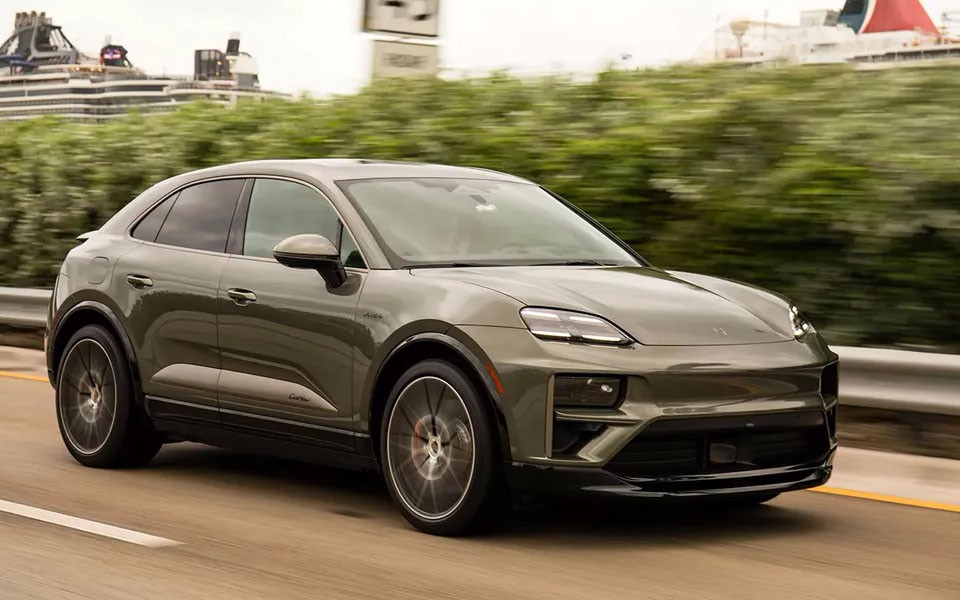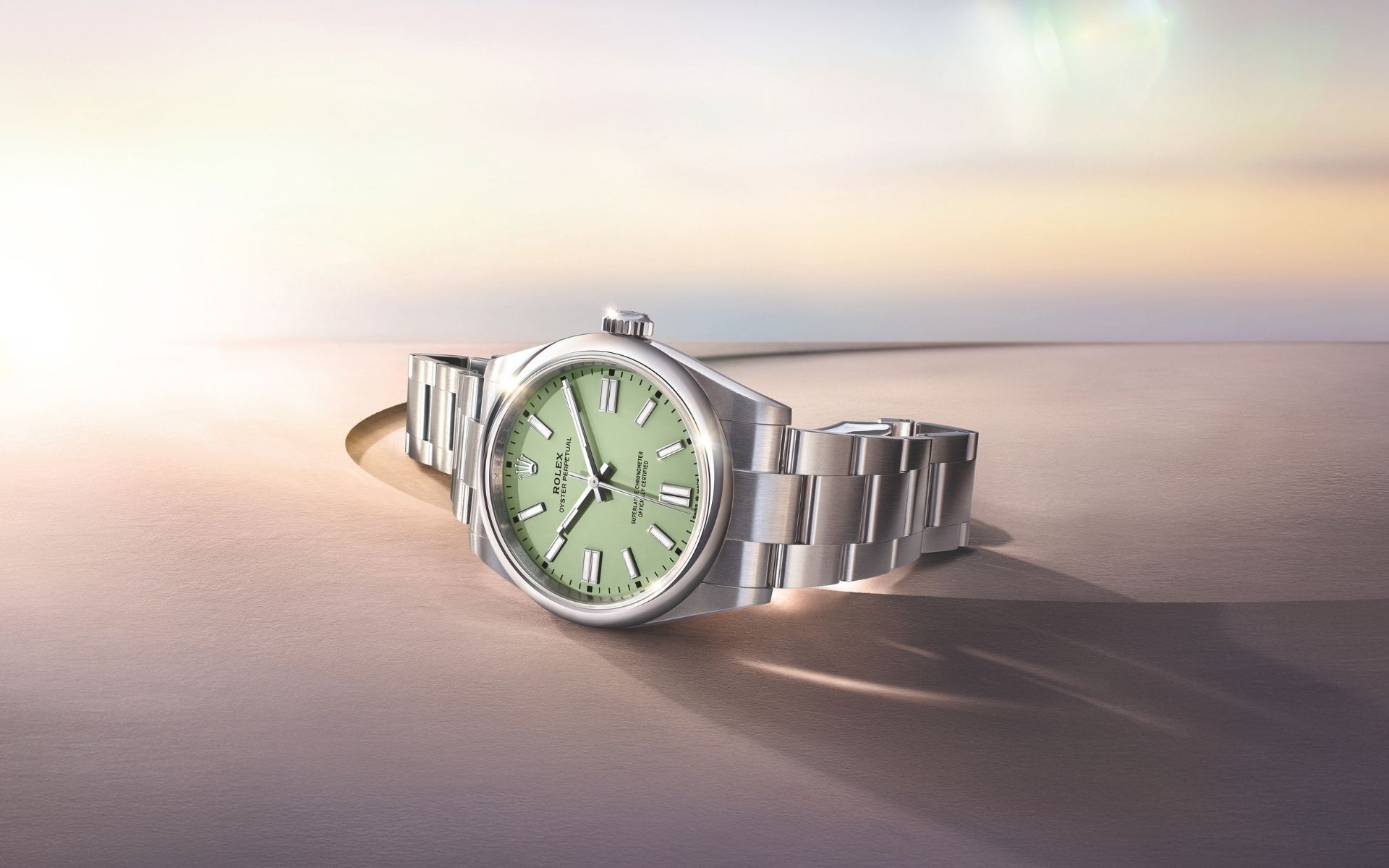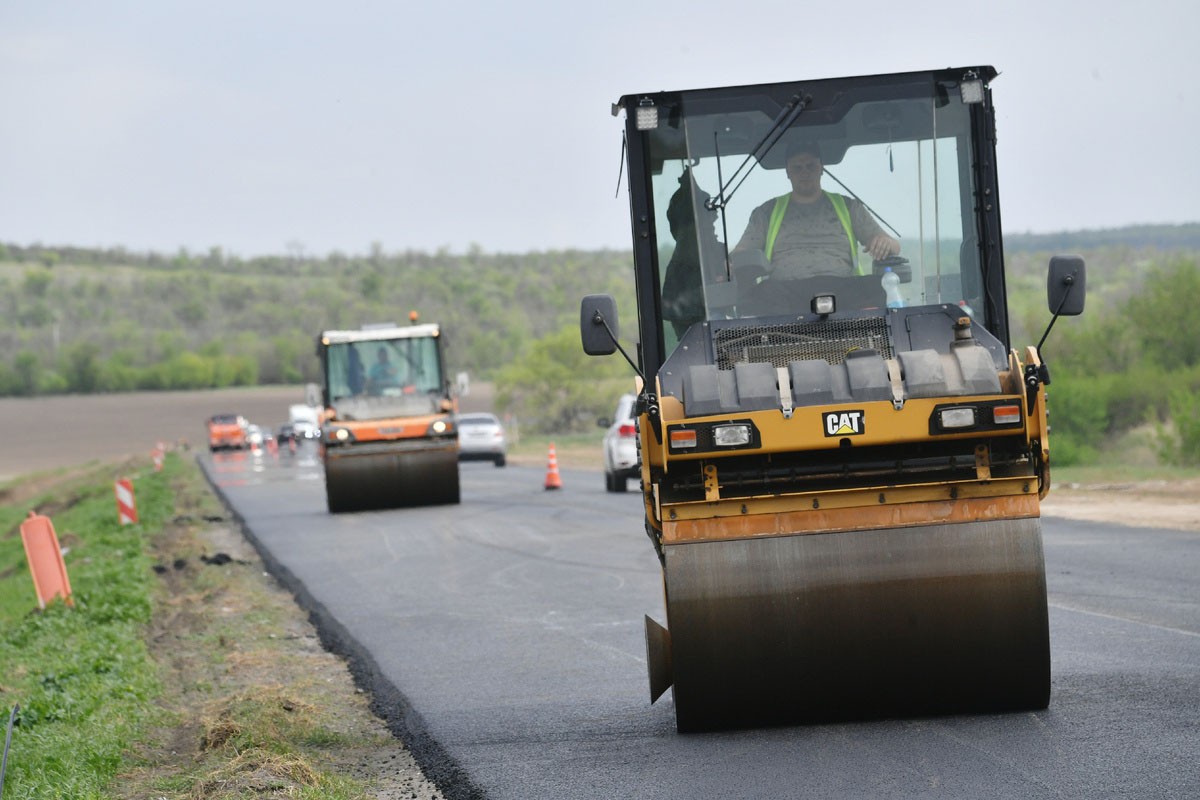Toyota is planning a revival of one of the most famous sports cars in its history. The new Celica, which is scheduled to debut in April 2028, will be not just a relaunch of the iconic model, but a technological manifesto of the Japanese automotive industry.
The project under the factory index 710D is focused on pure gasoline drive, abandoning hybrid components and demonstrating a new generation of power plants. The key element will be an all-new 2.0-litre petrol engine code-named G20E. Weighing just 56.1 kilograms, it will develop 400 horsepower — one of the highest returns for two-liter engines in mass production without supercharging or hybrid assistance.
A new type of transmission will be paired with the engine — an 8-speed DAT (Direct Automatic Transmission) automatic transmission designed specifically for sports models. At the same time, Toyota will not abandon the classic 6-speed "mechanics", leaving it in the list of options — a step rare for 2028 and clearly aimed at enthusiasts.
The future Celica will be equipped with an all-wheel drive system. The dimensions of the sports car will be 4400 mm in length, 1860 mm in width and 1230 mm in height with a wheelbase of 2600 mm. Curb weight — about 1300 kilograms. This makes the model light even by the standards of modern sports coupes and, combined with a high power density, promises impressive dynamics.
Celica is positioned as a demonstrator of the company's latest developments in the compact sports car segment, with a focus on performance, lightweight construction and mechanical cleanliness. Contrary to global trends for electrification, Toyota relies on the gasoline engine as a carrier of high engineering standards and driver emotions.
The estimated price of the new generation Celica will be from 8 to 10 million yen, which is equivalent to 55.4-70 thousand dollars at the current exchange rate. The model will occupy a niche between the GR86 and GR Supra, offering a unique combination of power, control and Toyota's signature approach to sports driving.
Against the backdrop of an increasingly digital and automated automotive industry, the new Celica will essentially be a manifesto for traditional Japanese engineering — with an emphasis on mechanical engagement and powerful hybrid-free traction.

